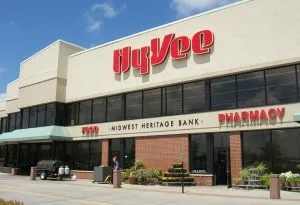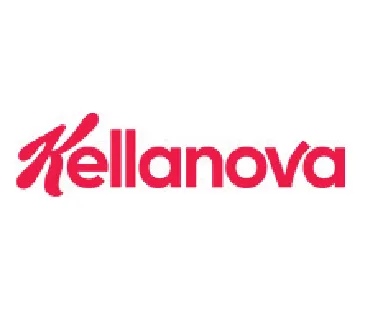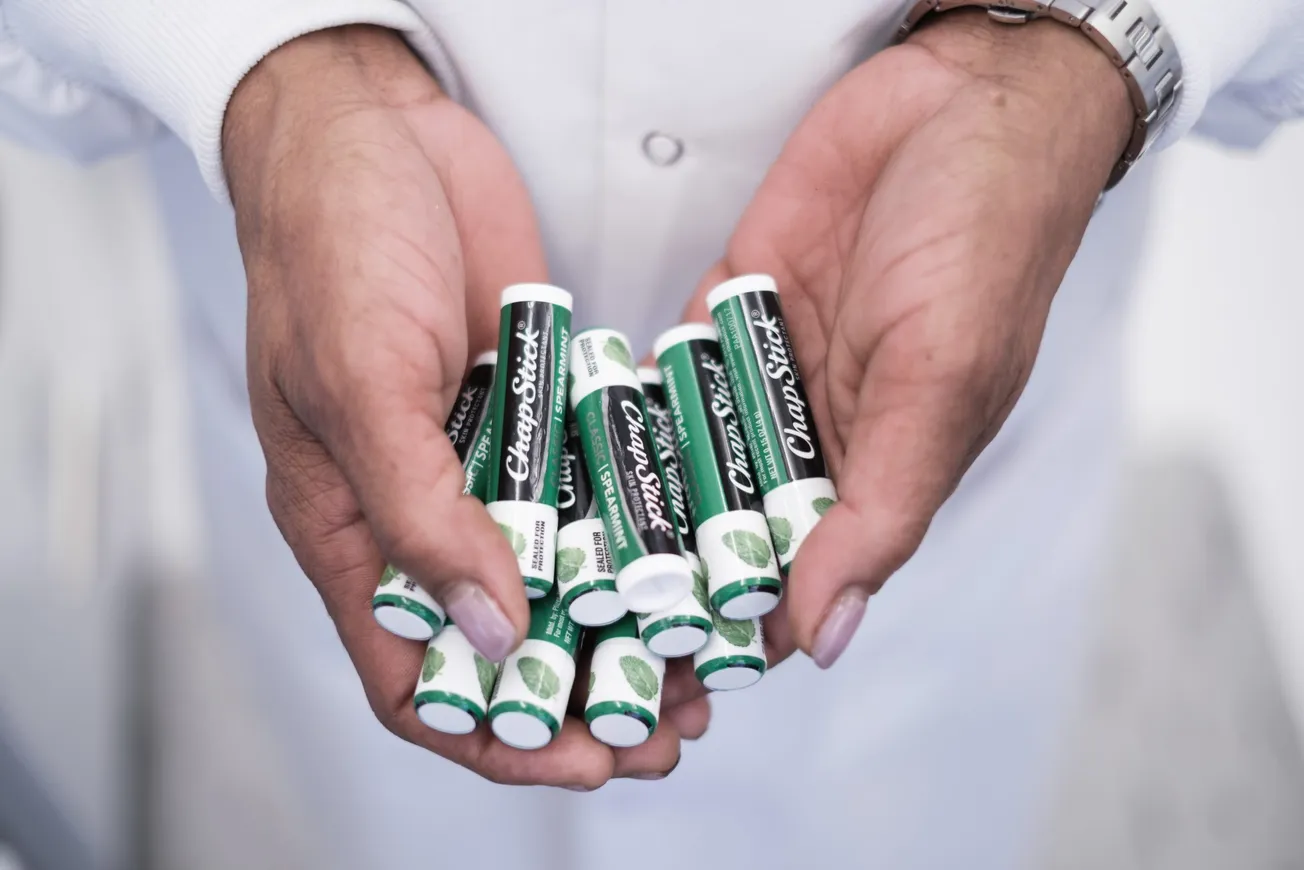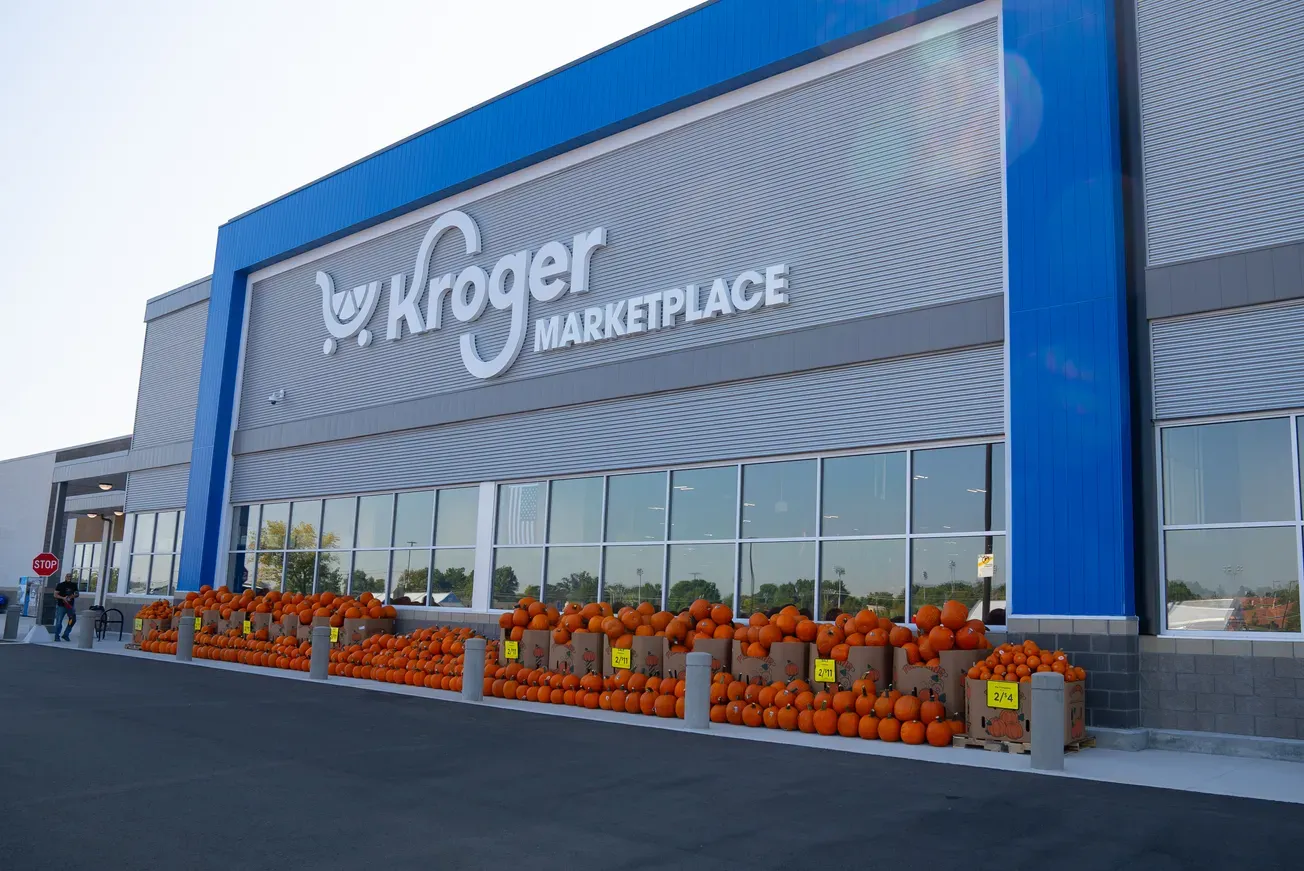CAMP HILL, Pa. — Rite Aid Corp. is widening the scope of health and wellness retailing.
The drug chain’s recent addition of pharmacy benefit manager Envision Rx — plus the 2014 acquisitions of in-store clinic operator RediClinic and health coaching/analytics firm Health Dialog — bring its traditional pharmacy services into the bigger realm of retail health care. At the same time, a compelling store format and customer rewards program — the Wellness Store and wellness+ with Plenti — are establishing Rite Aid as a premier wellness destination for consumers and patients alike.
John Standley
For these achievements, the Rite Aid management team, led by chairman and chief executive officer John Standley and CEO of Rite Aid stores and president of Rite Aid Corp. Ken Martindale, has been named Retailer of the Year by Chain Drug Review.
“I think there’s a growing understanding that medication compliance is a huge part of managing chronically ill patients. If you look at things like Star Ratings and how the government and other payers now want to pay for health care services, there’s a view that a lot more can be done by retail pharmacy,” Standley says. “Over time, as reimbursements continue to get more difficult and if there’s a successful migration toward outcomes-based payments, I think people will focus more on how to use what’s inside the pharmacy box.”
The $2 billion acquisition of EnvisionRx, closed in June, brought Rite Aid the EnvisionRx PBM as well as specialty pharmacy, mail order, Medicare Part D, technology and other businesses. “It’s a really exciting opportunity with EnvisionRx,” says Standley.
He’s also upbeat about what Health Dialog brings to the table for Rite Aid and EnvisionRx. The health coaching and analytics firm provides the in-store care coaches for the Rite Aid Health Alliance program, which works with physicians to help people with chronic and polychronic conditions manage their health.
“Health Dialog greatly expands the scope of the capabilities we have, and that asset hits dead-on with our best pharmacy patients,” Standley explains, adding that over time Health Dialog could support EnvisionRx with its population health management tools.
“We’re excited to work with EnvisionRx to try blending some of those capabilities into their offerings over the next couple of selling seasons to see if we can differentiate some of the products we bring to market,” he says. “We can try leveraging our health coaches to drive medication compliance and therapy management and use that as a differentiator going forward.”
Rite Aid’s pharmacists have shown strong enthusiasm for the program, according to executive vice president of pharmacy Jocelyn Konrad. “Pharmacists embrace the opportunity to interact with patients face to face, and we’re seeing that with the Rite Aid Health Alliance,” she says, adding, “It’s really exciting to see teams collaborate and realize success.”
RediClinic makes Rite Aid more relevant to customer needs, notes Standley. There are now more than 70 RediClinics in several regional markets, with half of the clinics located inside Rite Aid stores and the remainder in H-E-B supermarkets in Texas.
“Having clinics clearly makes us more of a health care destination and helps us establish relationships with folks who may not yet be significant pharmacy users but may fill more prescriptions as they move through their lives,” he says. “So the clinics can make our overall offering in the store much more robust and bring in more foot traffic. And we do generate acute [care] scripts from the clinic that help the pharmacy business.”
Meanwhile, the Wellness Store has proved to be a catalyst in both the pharmacy and the front end. On a same-store basis, script count is more than 1% higher and front-end sales are over 3% greater in Wellness Stores remodeled in the previous 24 months, compared with non-Wellness Stores.
More than 40% of Rite Aid’s base of nearly 4,600 stores has been converted to the format.
“This fiscal year, we said that we were going to get 400 remodels done, and we’re right on track to do that,” says Martindale. “That will take us to more than 2,000 Wellness Stores by the end of the fiscal year.”
Martindale describes the Wellness Store concept as an “evolution,” ready to adapt to meet customers’ changing health, wellness and shopping needs and better serve the communities where the stores operate.
“When we introduced the first Wellness Stores about four and a half years ago, we said our store design must continuously evolve so that it meets the demands of our customers. That’s still happening today,” he says.
New merchandising concepts have been rolled out in such categories as men’s grooming, diabetes care, hair accessories, consumables, grocery, vitamins and supplements, eyewear, nail care, smoking cessation, general merchandise and home health care, among others.
“We’re constantly trying to reinvent ourselves,” Martindale says. “And when we find something that works, we try to leverage it across our stores.”
Tony Montini, executive vice president of merchandising, says Rite Aid works closely with supplier partners to develop solutions based on consumer insights, and the retailer doesn’t hesitate to roll out novel merchandising concepts where it makes sense and is backed by data.
“One of the things that we try very hard to do — and is probably different than any of our competitors — is to empower our customers as they go through their health and wellness journey,” Montini says. “We don’t tell customers they should do this or they should do that. We expose them to information that helps them make the decision that’s best for them. Once they decide what they want to do, we try to help them attain their goals.”
Another key differentiator for the Wellness Stores has been the Wellness Ambassadors, who serve as a liaison between the front end and pharmacy and help connect customers with Rite Aid’s services.
“They’re really important as we position ourselves as a service provider as well as a product source,” says Bryan Everett, executive vice president of store operations.
Executives also are bullish about wellness+ with Plenti, Rite Aid’s expanded rewards program emerging from its participation in the Plenti coalition loyalty program. Members can now use one card to receive their current benefits under Rite Aid’s wellness+ program and earn and redeem Plenti points to use for savings at the participating merchants, which besides the drug chain include American Express, Macy’s, ExxonMobil, AT&T, Nationwide, Direct Energy, Hulu and Enterprise Rent-A-Car. Rite Aid is the coalition’s exclusive pharmacy retailer.
David Abelman, executive vice president of marketing at Rite Aid, notes that Plenti brings even more value to the nearly 25 million active members of wellness+.
“Wellness+ offered incredible benefits to our customers in terms of product information and pricing, but it was only at Rite Aid,” Abelman says. “When we made the decision to join the Plenti coalition, which included great brands in markets where we do business, it made our program more dynamic and more compelling “We believe there’s not a more valuable loyalty program in the country.”








